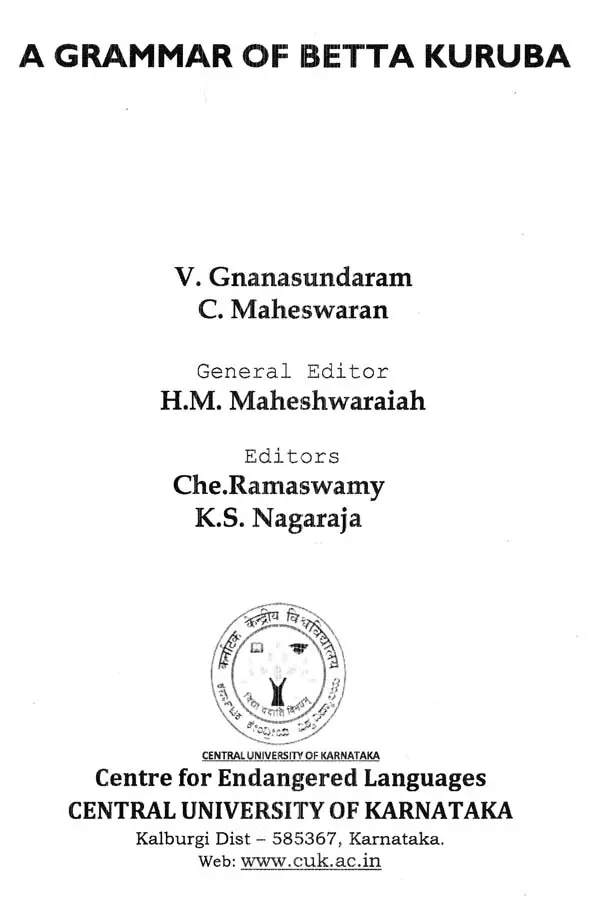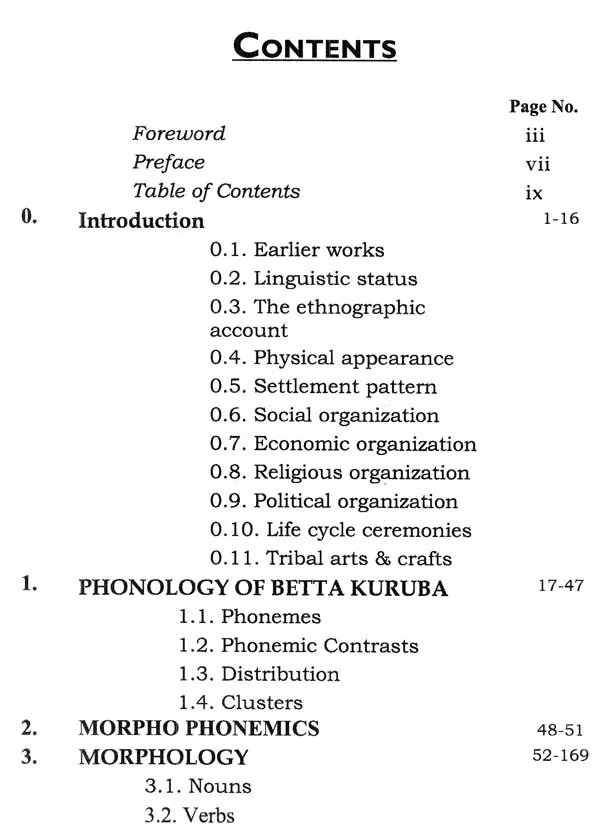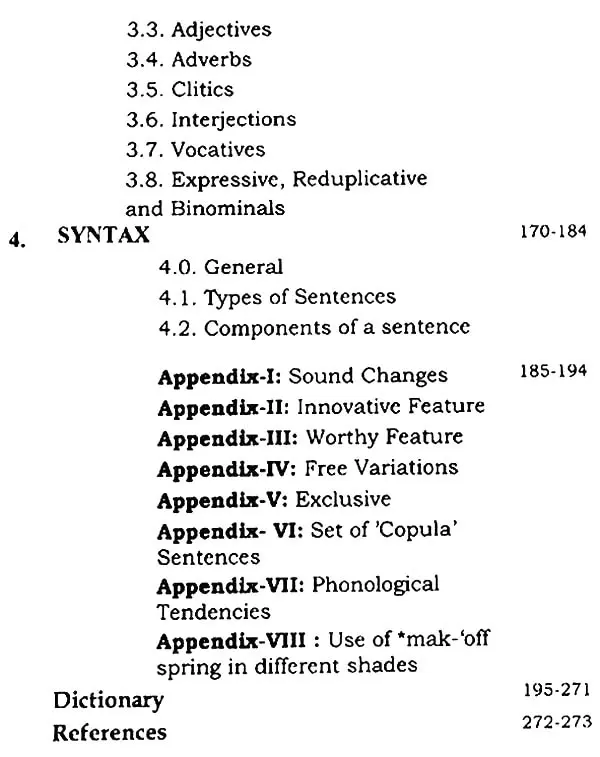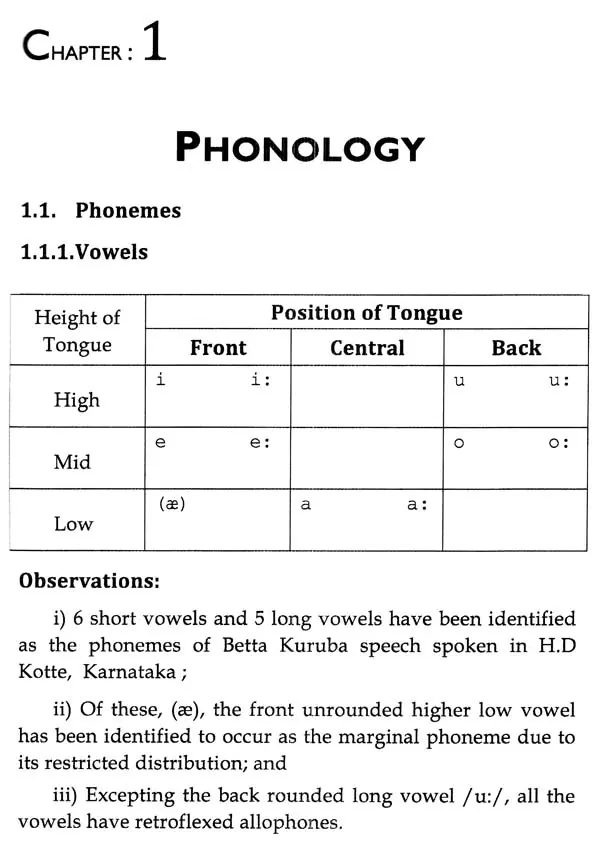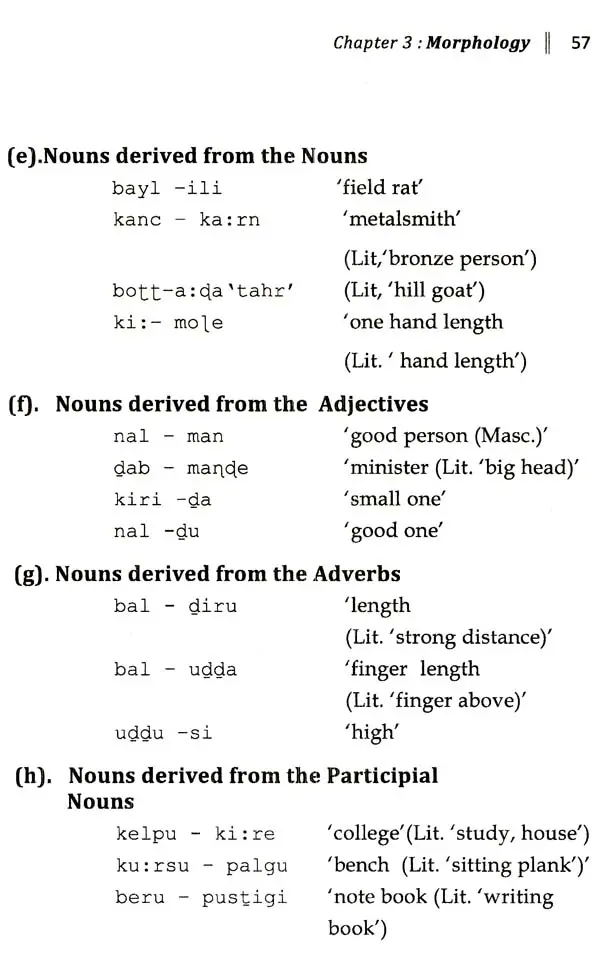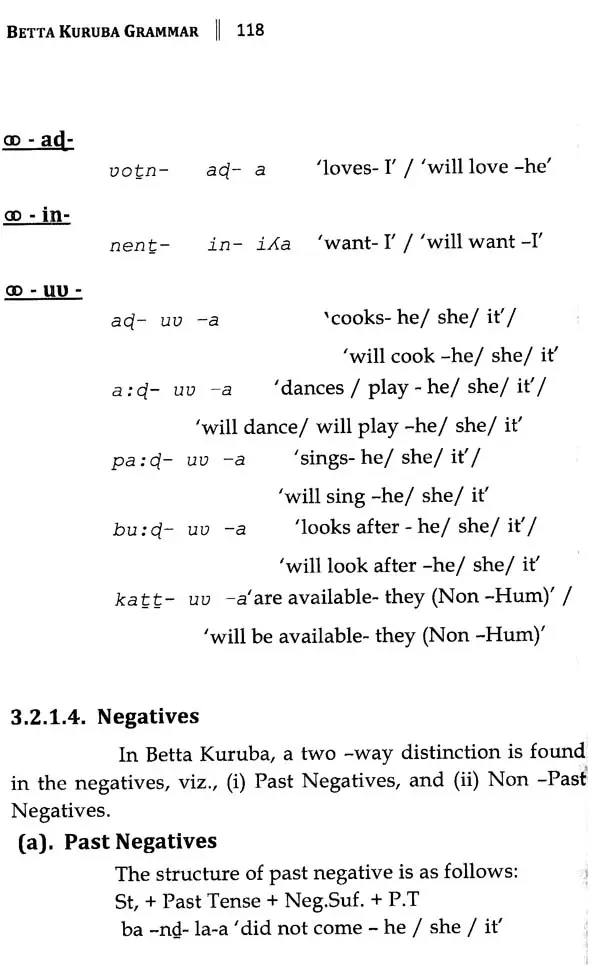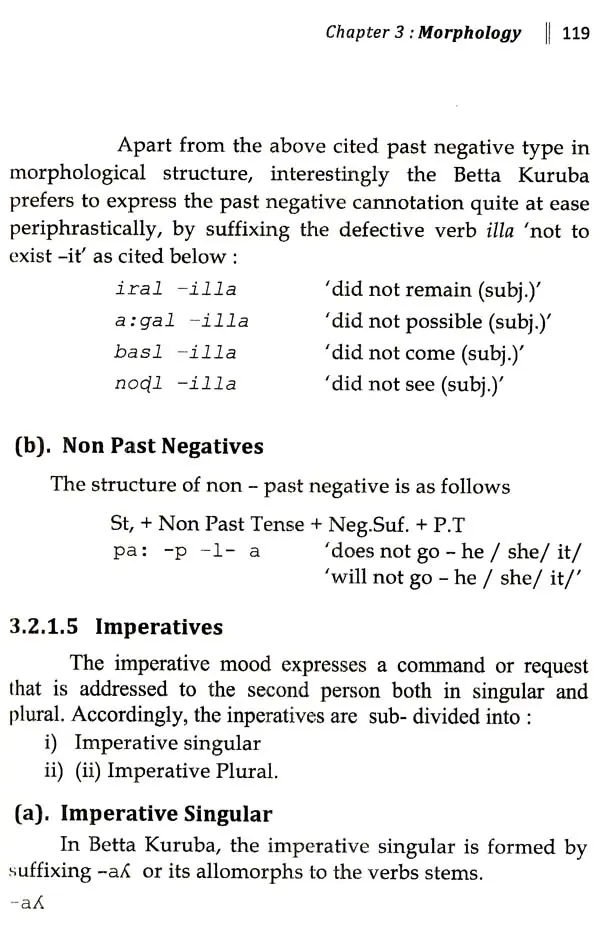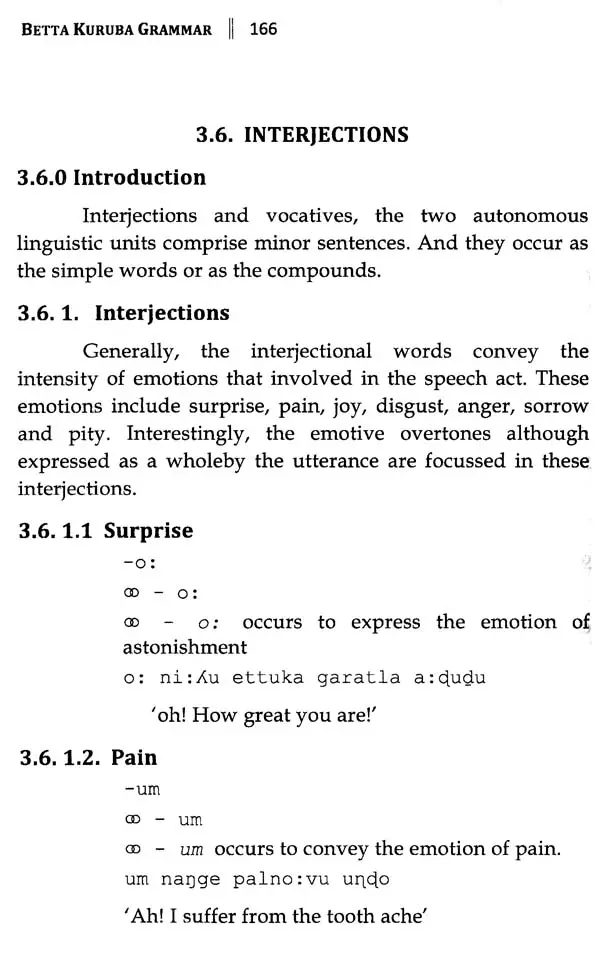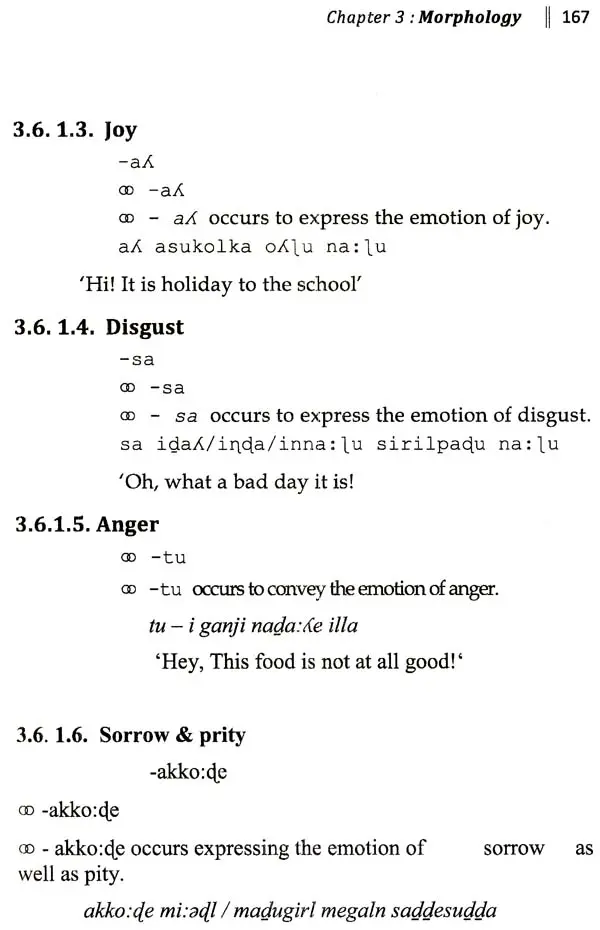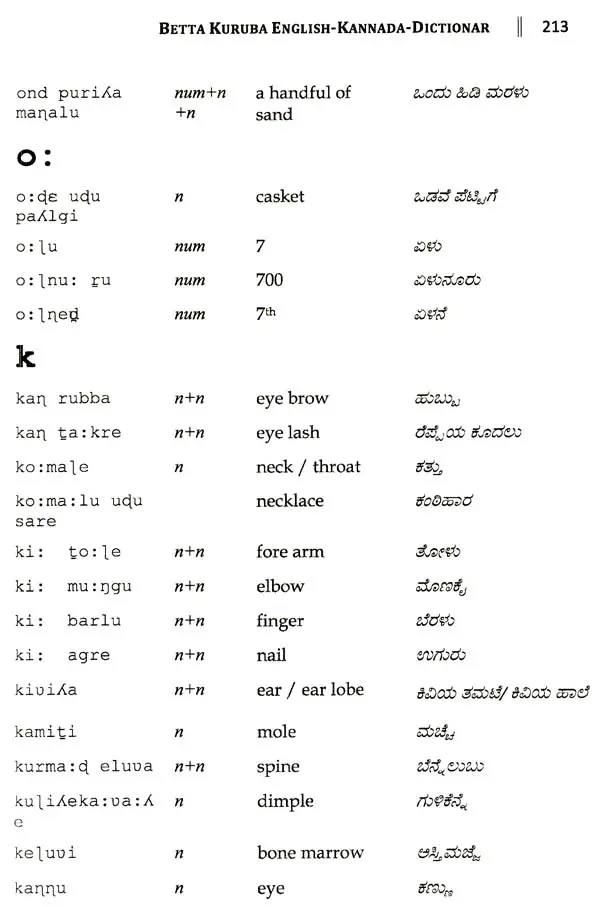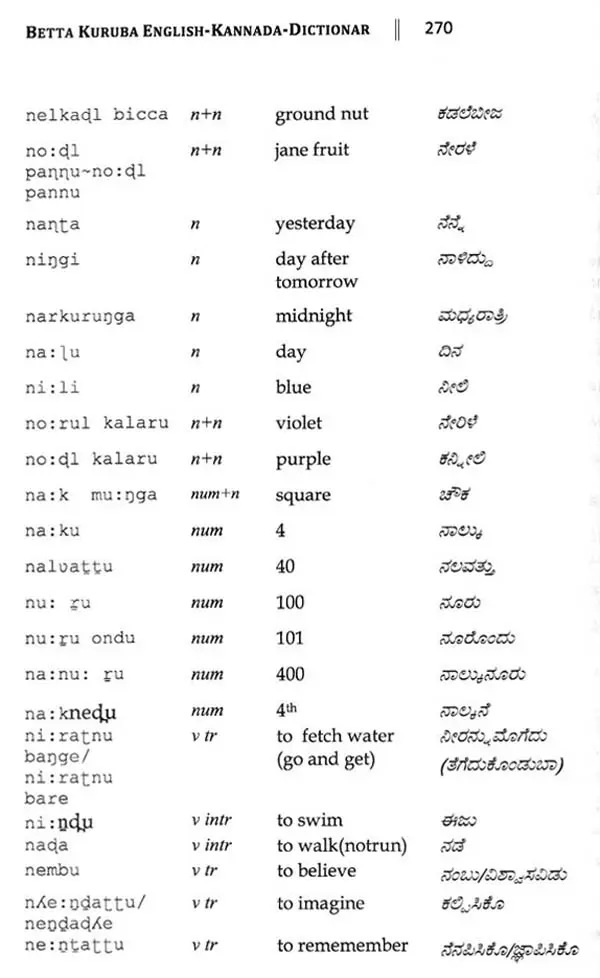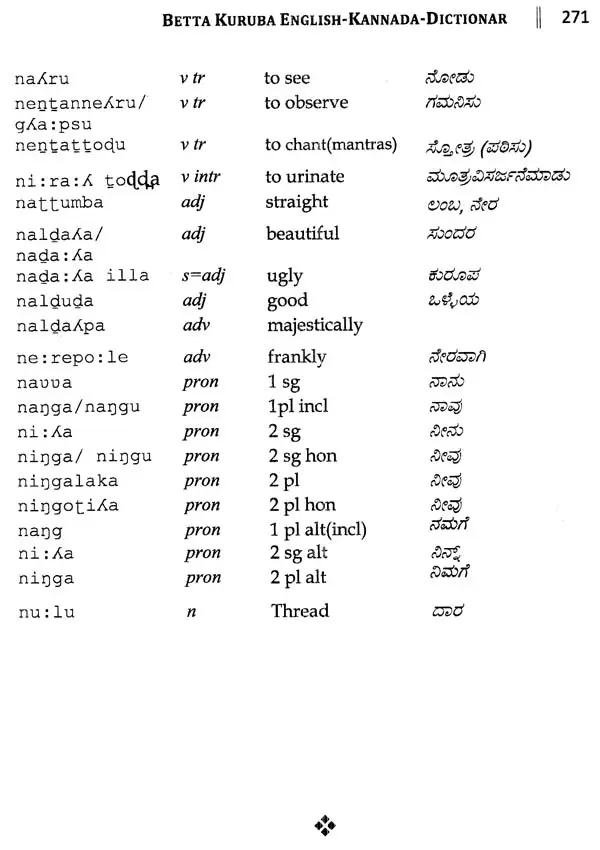Foreword The Central University of Karnataka established in 2009 by an Act of Parliament aims at addressing the concerns of equity and access. The prime objectives of the University are to disseminate and advance knowledge by providing instructional and research facilities to the students and to pay special attention to the betterment of the social and economic conditions besides affecting the welfare of the people by making contributions towards the intellectual and academic growth.
In view of the aims and in pursuance of the direction by the Government of India the University started a Centre for Endangered Languages in November 2015. The Centres main aim is the preservation and promotion of endangered languages through documentation and revitalisation for restoring the status of these languages used to enjoy in the past. The Centre also works to empower the Endangered Language communities too in possible ways by training the persons from among them for sustainable development.
Language is not only a tool for communication, but also a base for the intellectual outputs of knowledge, culture and civilization of mankind. Due to the impact of science and technology, and the process of globalization, many of the world languages are at the verge of extinction. Language endangerment may lead to the loss of a language, historical and ethnic identity. India has the larger number of endangered languages in the world.
Preface This monograph is one of the outcomes of the project of Documentation and Grammatical Analysis of one of the Endangered Languages of Karnataka viz. Betta Kuruba, spoken in H.D. Kote, Mysore District, Karnataka. This grammar is a Sketch Grammar, prepared, making use of the principles of Bloomfield an Taxonomic Linguistics. A similar Descriptive Grammatical Study is available for a variety of the (supposedly) same language called as Betta Kurumba, spoken in Tamil Nadu. There are certain differences, found, between the varieties of Karnataka and Tamil Nadu, at different linguistic levels, even though both are considered to be one and the same language, by Prof. M.B. Emeneau and others. (There is yet, another variety spoken in Kerala named as Urali Kuruman, is not studied very much). In this monograph, as part of Introduction, ethno linguistic and socio-cultural details of the tribe, who speak Betta Kuruba are provided. A dictionary is also compiled, using the data collected during documentation. The Language Consultants used for this Documentation work, though belong to all the three generations viz., Old age group, Middle age group and younger generation, this work reflects very much of the speech of the old age group; speech of the middle age group and younger generation are used only for purpose of comparison, with the speech forms of the language consultants of the old age group.
Introduction India possesses one of the largest concentrations of tribal population in the world. About 449 tribes (and sub tribes) have been identified so far from different parts of our Indian Nation. And most of these tribal groups are identified to inhabit mostly isolated hilly terrains that are often inaccessible and relatively under-developed and poorly integrated with the rest of our Indian sub-continent.
The distributive pattern of individual tribal languages of India against its linguistic families are identified totaling 294 (with Dravidian-35; Indo-Aryan-36; Austro-Asiatic / South Munda-64; Sino-Tibetan / Tibeto-Burman-159). India, a nation with such a linguistic diversity - with its 196 of its languages listed as endangered - tops the UNESCO's list of countries having a maximum number of languages (as against the total languages) at the verge of extinction¹.
Karnataka also has many number of indigenous tribal groups (a total of 49 tribes) to its credit against the total tribal stock of India. As per the census of India (2001), the total population of Scheduled Tribes of the state of Karnataka has been enumerated as 9,38,947 represented by its 49 Scheduled Tribes.
Book's Contents and Sample Pages
